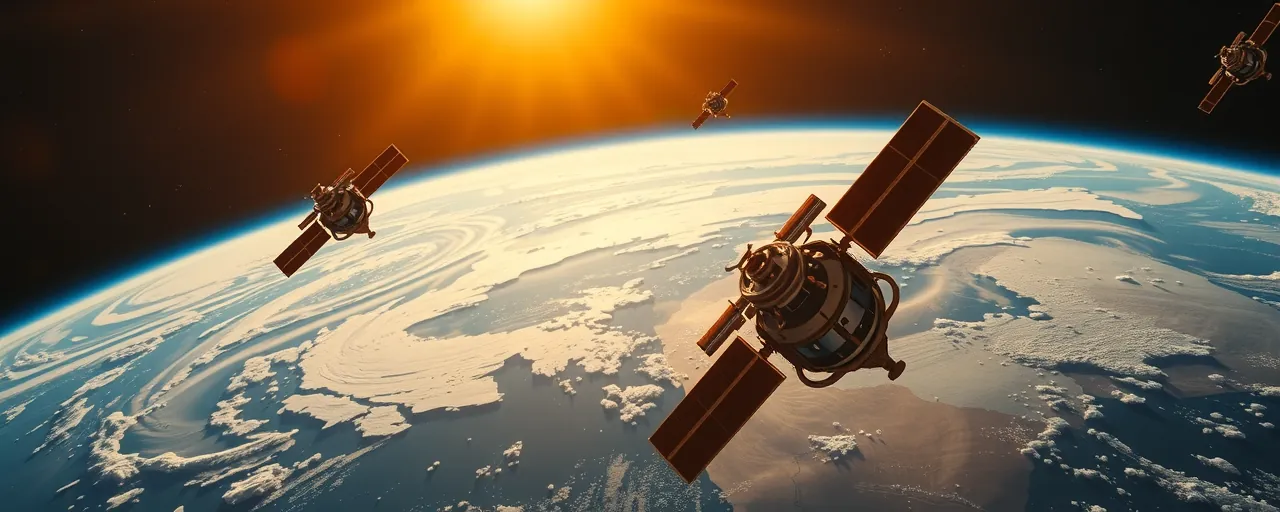Space Takes Center Stage
The United States Space Force, still finding its footing since its 2019 creation, faces a world where space is no longer a distant frontier but a critical battleground. On May 6, 2025, top Air Force and Space Force leaders addressed Congress, stressing that new threats demand swift action. Acting Secretary of the Air Force Gary Ashworth, Air Force Chief of Staff Gen. David Allvin, and Chief of Space Operations Gen. Chance Saltzman described a global landscape shifting faster than ever.
Their testimony to the House Appropriations Subcommittee on Defense came as the White House proposed a $1 trillion defense budget for 2026, spotlighting missile defense and nuclear upgrades. Without a detailed Space Force allocation, lawmakers asked broad questions, leaving leaders to focus on the big picture: balancing today’s readiness with tomorrow’s capabilities.
Why Space Matters Now
Satellites power modern life, from smartphone navigation to military operations. Gen. Saltzman told Congress that protecting these assets is non-negotiable, as adversaries like China and Russia develop ways to disrupt them. China’s $245 billion 2025 defense budget funds advanced satellites and potential anti-satellite weapons, building on decades of modernization that began in the 1990s. Russia’s satellite-jamming tech adds to the challenge, threatening U.S. reliance on space.
This isn’t a new race. Since the 1957 Sputnik launch, nations have vied for space superiority. Today, with militaries depending on satellites for communication and missile warnings, any disruption could ripple across global security and civilian life.
Funding Fights and Tough Choices
The Space Force’s budget, part of the Department of the Air Force’s $217.5 billion 2025 request, sits at $29.4 billion. Gen. Saltzman warned that recent cuts weaken efforts to counter rising threats. Modernizing satellite networks and launching over 100 satellites in 2025 compete with immediate needs like training and equipment upkeep. The gap between mission and resources sparks debate.
Some lawmakers push for more defense spending to match China’s military growth, citing global spending that hit $2.7 trillion in 2024. Others argue for redirecting funds to healthcare or climate initiatives, noting the U.S. already outspends rivals. These competing views shape the Space Force’s future, as Congress weighs national priorities.
Technology’s Double-Edged Sword
Innovation drives the Space Force’s strategy. Plans for 2025 include bolstering missile-warning systems and secure communications through new satellite launches. Artificial intelligence speeds up data analysis, while hypersonic weapons promise unmatched precision. But these advancements come with high costs, and adversaries are investing in similar technologies, narrowing the U.S. lead.
History shows technology shapes conflicts. Cold War radar and ICBMs gave way to today’s cyber operations and autonomous systems. For the Space Force, staying ahead means navigating budget limits while harnessing AI and other tools to protect critical space infrastructure.
Juggling Present and Future
Ashworth emphasized to lawmakers that homeland defense and deterrence hinge on both current readiness and future investment. The B-21 bomber and Golden Dome missile defense system rely on secure satellites. Without them, global operations weaken. The Space Force’s challenge is to maintain today’s capabilities while preparing for tomorrow’s threats.
Public opinion varies. Some see space as a remote issue compared to economic or environmental concerns. Others recognize its role in daily life, from banking to disaster response. The Space Force must bridge this gap, proving its worth in a budget landscape crowded with competing needs.
Charting the Path Forward
The May 6 hearing highlighted the Space Force’s high-stakes mission. As threats multiply and budgets tighten, leaders face intense scrutiny. The lack of a specific 2026 budget proposal clouds planning, but priorities like space dominance and missile defense reflect a focus on strategic rivalry.
For most Americans, space feels intangible, yet its security underpins countless services. Protecting it demands tough decisions, creative solutions, and a clear vision. The Space Force’s ability to adapt will shape its role in an increasingly complex world.
As Congress debates the next budget, the Space Force stands at a crossroads. Its success hinges on securing resources, embracing innovation, and staying ahead in a domain where the stakes are nothing less than global.
